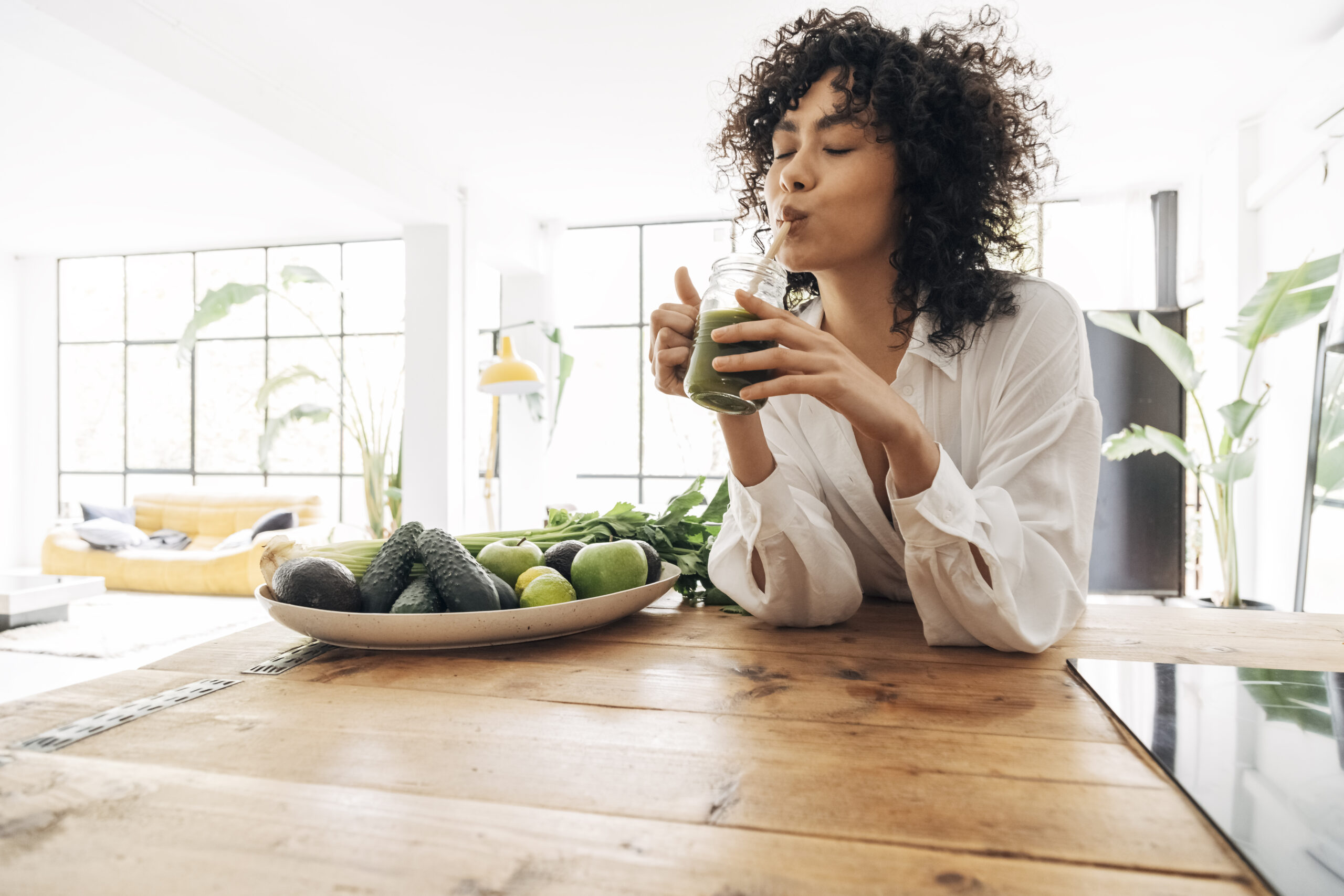Goop-ification: Brands are using wellness messaging to stay relevant – but there are risks
From mental health reminders to sex toy partnerships, here’s how brands are entering the health and wellness space.

For many people, wellness has become a priority as the pandemic forced us to slow down and rethink our day-to-day choices. No longer is attending a post-work yoga class or having a daily salad on the back burner.
Brands have taken the hint, adjusting their messaging to align with the turning tide of public opinion. Working until you’re burned out simply isn’t in vogue anymore. Brands’ moves to embrace wellness and mental health are rooted in data: A 2020 study by Ogilvy found that 73% of consumers said brands need a wellness strategy as part of their core mission.
Powerade, a sports drink company owned by Coca-Cola, made headlines last month with its global “Pause is Power” campaign that saw Olympians like gymnast Simone Biles and diver Tom Daley stepping back from their respective sports to enjoy more leisurely activities.
Daley was depicted leading a poolside knitting class, while Biles sat back and got her nails done alongside an incredibly tame goat (see what they did there?).
https://youtu.be/H-8MyiRUg2o
“Competition comes with great pressure and intensity, and it’s important to remind people of the power that can be found in the simple act of a pause, allowing us to come back better and stronger,” said Claire Pinel, Powerade’s global brand director, in a news release.
Earlier this year, video game platform Roblox partnered with athleisure brand Alo Yoga to bring players an immersive, in-game wellness experience, complete with guided meditations and a digital “Warrior Yoga Mat.”
The rise in popularity of wellness-centered companies like Gwyneth Paltrow’s Goop and athleisure brands Lululemon and Gymshark indicate continued consumer interest in the space.
However, pivoting to wellness content when your brand isn’t traditionally based in health or wellness can be tricky. Just 41% percent of respondents in Ogilvy’s study said they think brands’ wellness claims are believable.
But just because you think your brand doesn’t lend itself to wellness doesn’t mean you should automatically limit your messaging — Italian denim brand Diesel just announced a foray into sexual wellness with the debut of two co-branded sex toys. Sex toys are a commonly accepted part of sexual health, which the World Health Organization defines as requiring “a positive and respectful approach to sexuality and sexual relationships, as well as the possibility of having pleasurable and safe sexual experiences.”
And wellness isn’t just for humans. Pet food company Purina recently launched a new line of supplements made to reduce anxiety in cats.
According to the news release, the Calming Care supplement “helps cats cope with changes in routine and location and helps promote positive behaviors such as playing and seeking out social contact.”
Ogilvy’s research found that 59% of consumers are willing to pay more for products from wellness brands, while 53% of respondents said it’s hard to tell the difference between “real” and “fake” wellness products.
It’s a good reminder to PR pros that health and wellness messaging, while clearly worthwhile and profitable, should be solidly based in science and data. Vague claims about the health and wellness benefits of your brand’s products and services are at risk of being dubbed pseudoscience. Paltrow’s Goop coughed up $145,000 in 2018 to settle a lawsuit that alleged the company promoted products with questionable health benefits.
PR pros, how does your organization promote wellness to its audiences? Let us know on Twitter @PRDaily.







